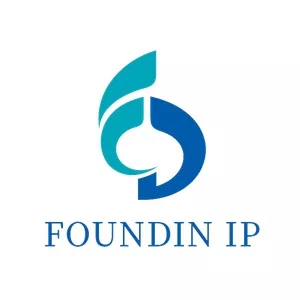The Guidelines for Patent Examination (Guidelines) was recently amended by the State Intellectual Property Office (SIPO). The amended Guidelines take effect on April 1, 2017. Major changes include examination of business methods, computer program related claims, supplementing experimental data, invalidation procedure, etc.
The amended Part II, Chapter 1, Section 4.2 of the Guidelines specifies that if a claim relating to business model has features of business rules and methods and technical features, such a claim shall not be excluded from patentability under Article 25.1(2) which provides that a rule or method for mental activities is non-patentable subject matter.
In other words, it is advisable to include "technical features" in a claim related to business method. However, this does not necessarily mean business method is now a patentable subject matter. A claimed solution must fall under the definition of "invention", prescribed by Article 2 of the Chinese patent law as any new technical solution relating to a product, a process, or an improvement thereof. A technical solution should use technical means, solve technical problems and achieve technical effects.
Hence, this amendment does not open the door to allow business methods as patentable subject matter. It is still the technical solutions used in a business model that can be allowed.
Another aspect of the amendments to the Guidelines relates to the claim format of computer program related claims. The amended Part II, Chapter 9, Sections 2 of the Guidelines allows "computer readable medium + computer program process" format of claims, e.g. "a computer readable medium, with computer program/instruction stored therein, wherein the program/instruction performs the following steps when executed by a processor...".
The amended Part II, Chapter 9, Sections 5.2 of the Guidelines allows a claim related to computer program to be drafted as an apparatus claim which has both hardware features and software features, e.g. "a communication system comprises a memory and a processor configured to execute the instructions stored in the memory, wherein said instructions comprise ...." In the past, an apparatus claim like this will be objected to by Chinese examiners as lack of clarity.
The above changes of practice make the Chinese patent practice in the field of computer program related inventions more harmonized with other major jurisdictions.
Part II, Chapter 10, Section 3.5 of the Guidelines prescribes that examiners should examine any experimental data submitted after the date of filing. The technical effects to be proven by the supplemented experimental data should be obtainable by a person skilled in the art from the content disclosed in the application document.
This practice has been adopted by SIPO for some years. It should be appreciated that experimental data submitted after the date of filing cannot be used to fulfil the sufficiency requirement. They are useful to prove technical effects of the invention and support arguments for inventiveness. But such technical effects should be obtainable by a person skilled in the art from the content disclosed in the application document. Considering the fact that the Chinese practice is very strict with respect to added subject matter, it is advisable to literally include as many technical effects as possible when the description is drafted.
Part IV, Chapter 3, Section 4.6.2 of the Guidelines allows more manner of amending claims during invalidation proceeding. In addition to deletion of a claim, combination of claims, deletion of a technical solution, it allows further limitation of a claim and correction of obvious mistakes. However, it is to be noted that further limitation of a claim means to add one or more technical features from other claims in order to narrow the scope of protection, which means adding a technical feature present in the description but not present in the granted claims is still not permitted.
If granted claims have the following two claims: Claim 1: A+B and Claim 2: C+D, before the above amendment takes effect, claim 1 can be amended to A+B+C+D by deleting claim 1 and converting claim 2 into a new independent claim. After the above amendment takes effect, claim 1 can be amended to A+B+C. This provides patentee with more flexibility and opportunities to obtain a partially invalidated patent with relatively broader claims than before.
This article was originally published in the World IP Review March/April issue 2017)
Stephen Yang is a managing partner of Chofn Intellectual Property.
Email: stephen@chofn.cn
The content of this article is intended to provide a general guide to the subject matter. Specialist advice should be sought about your specific circumstances.

